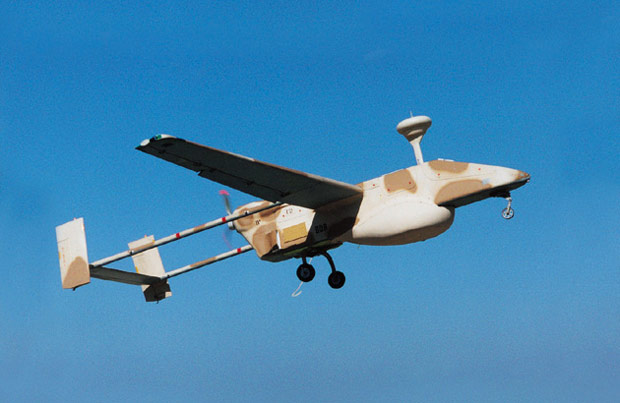
The northern goshawk is one of nature's diehard thrill-seekers. The formidable raptor preys on birds and small mammals, speeding through tree canopies and underbrush to catch its quarry. With reflexes that rival a fighter pilot's, the goshawk zips through a forest at high speeds, constantly adjusting its flight path to keep from colliding with trees and other obstacles. Researchers found that, given a certain density of obstacles, there exists a speed below which a bird and any other flying object has a fair chance of flying collision-free. Any faster, a bird or aircraft is sure to crash into something, no matter how much information it has about its environment. Most UAVs (unmanned aerial vehicles) today fly at relatively slow speeds, particularly if navigating around obstacles. That's mainly by design: Engineers program a drone to fly just fast enough to be able to stop within the field of view of its sensors.
If the goshawk flew as far as it can see, it would not fly as first as it does. It would be like us we can only see up to five meters, we can only go up to a speed that allows us to stop within five meters, which is not very fast. Instead, the goshawk likely gauges the density of trees, and speeds past obstacles, knowing that, given a certain forest density, it can always find an opening through the trees. The team's work establishes a theoretical speed limit for any given obstacle-filled environment. For UAVs, this means that no matter how good robots get at sensing and reacting to their environments, there will always be a maximum speed they will need to observe to ensure survival. Emilio Frazzoli, an associate professor of aeronautics and astronautics at MIT wants to research this same speed limit for humans.

What if they make the UAV think like a goshawk?
ReplyDelete